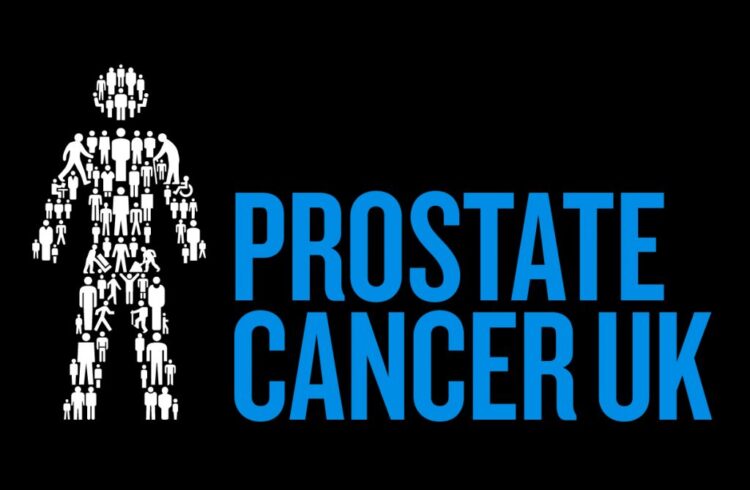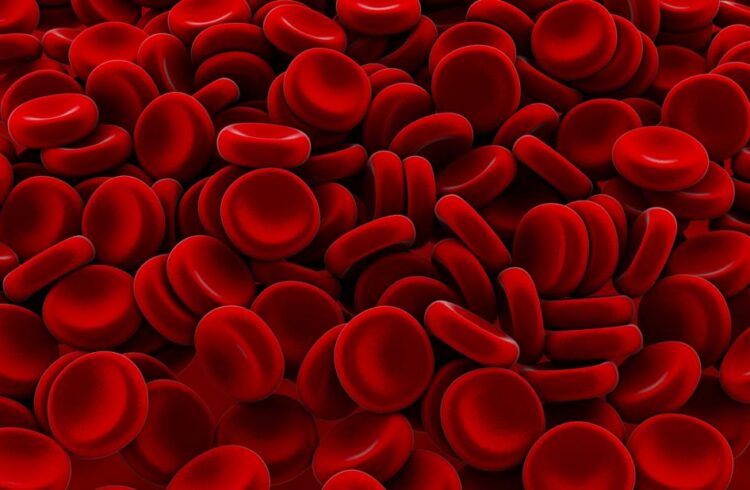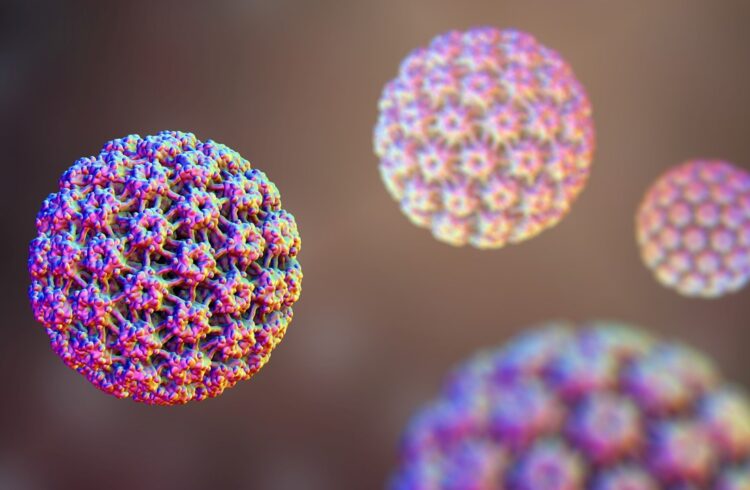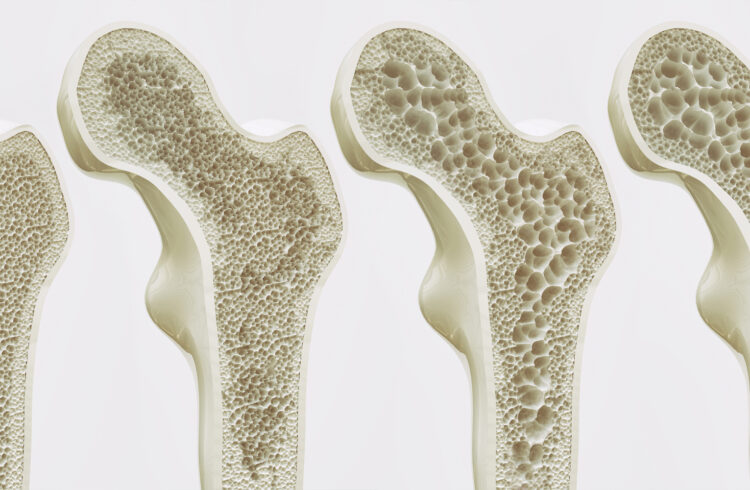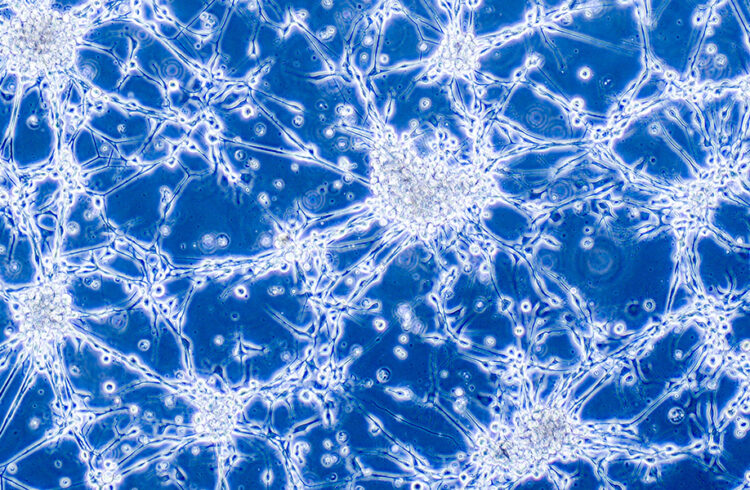Recently, it has become clear that the intestine is not only a digestive organ that digests food but is also significantly involved in systemic health, such as obesity, immunity, arteriosclerosis, including mental disorders. On a positive note, fucoidan is a cell wall polysaccharide found in various types of brown algae. Fucoidan is known to have […]
Author: Molly
The basic principle of diabetes prevention and treatment is to reduce carbohydrates in a person’s diet and increase physical activity. Unfortunately, it seems like the number of people diagnosed with diabetes is growing exponentially because most people do not follow the basic principles of a healthy lifestyle, also known as HLS. Hence, I want to […]
Prostate cancer has the highest incidence rate among cancers in men. Unfortunately, as the number of patients with prostate cancer continues to increase, seeking treatment without side effects is essential. Previous studies have shown several ways to induce the anti-tumor effects using Fucoidan without side effects. Hence, in this blog, I would like to share […]
The administration of cytostatic agents to chemotherapy in cancer patients has significant side effects, including inhibiting various parts of hematopoiesis. Hence, in this blog, I would like to introduce a study, “Fucoidan and Fucosylated Chondroitin Sulfate Stimulate Hematopoiesis in Cyclophosphamide Induced Mice” by Natalia Anisimova et al. The following study showed the results of fucoidan […]
Fucoidan is a sulfated polysaccharide extracted from brown algae; according to previous studies, it has been found to have many beneficial physiological effects. For example, it exhibits antioxidant, anti-inflammatory, and anticancer effects. However, the mechanisms of endoplasmic reticulum (ER) stress-mediated fucoidan-induced apoptosis are still unexplored. Therefore, in this blog, I would like to introduce the […]
Cervical cancer is one of the leading causes of cancer-related death in women worldwide. More than 95% of cervical cancers are caused due to an infection by a virus called human papillomavirus (HPV). Among carcinogenic HPVs, HPV types 16 and 18 are said to progress to precancerous lesions and cervical cancer at a high frequency […]
Fucoidan Ameliorates Renal Injury-Related Calcium-Phosphorus Metabolic Disorder and Bone Abnormality
CKD, or Chronic Kidney Disease, is a gradual failure of the kidney’s function over time. Unfortunately, in patients with chronic kidney disease, there is a high risk of bone fracture with a decline in renal function and onset of bone structural abnormalities. In addition, when fractures restrict physical activity, they weaken muscles further. Hence, appropriate […]
A glioma is a tumor of glial cells (glia) that make up the brain. It is classified as benign glioma, which grows slowly. It has a relatively straightforward border with the adjacent normal part and malignant glioma, which multiplies, invades the adjoining region, and has an unclear edge. According to the WHO classification determined by […]
In this blog, I would like to share the study “Fucoidan inhibition of lung cancer in vivo and in vitro: role of the Smurf2-dependent ubiquitin-proteasome pathway in TGFβ receptor degradation” by Hsien-Yeh Hsu et al. There are many significant types of research on fucoidan and cancer. However, this study is conducted for the first time […]
Oligo-Fucoidan extracted from Laminaria japonica is a sulfated polysaccharide with various biological and beneficial influences, such as anti-inflammatory and antitumor effects, and has also been shown to have beneficial health impacts. The molecular mechanisms underlying the therapeutic effects of oligo-fucoidans in cancer patients remain unclear. Therefore, in this blog, I would like to share the […]


